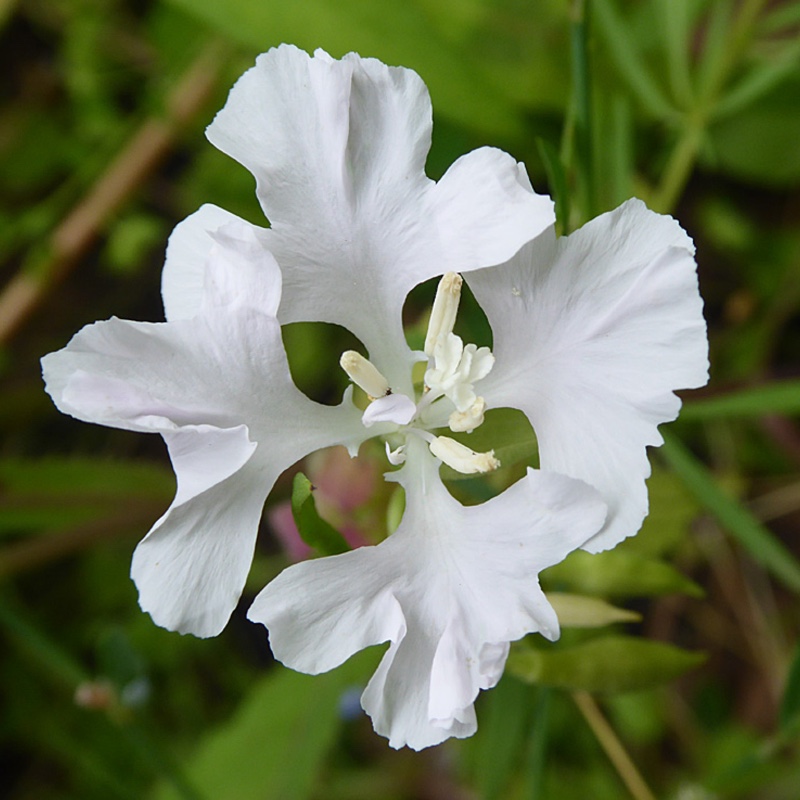
Clarkia pulchella 'Snowflake'
Deerhorn clarkia 'Snowflake'
Clarkia is a summer-flowering annual with long thin leaves and spears of flowers in pink to purple, sometimes with white in the centre and on the edge of the petals. Leaves are mid-green and spear shaped. Clarkia pulchella has many common names including ragged robin, pink fairies and deerhorn clarkia. 'Snowflake' produces a profusion of white flowers in summer.
Contributed by @tiggrx
-
Full sun to partial shade
-
Very little water
-
Full Frost Hardy: 5F (-15°C)
-
Free draining and fertile
Common name
Deerhorn clarkia 'Snowflake'
Latin name
Clarkia pulchella 'Snowflake'
type
Annual
family
Onagraceae
ph
5.0 - 7.0 Acid - Neutral
Plant & bloom calendar
-
Best time to plant
-
When the plant will bloom
full grown dimensions
 0.30 M
0.30 M
0.30 M
0.30 M
Clarkia pulchella 'Snowflake'
Clarkia is a summer-flowering annual with long thin leaves and spears of flowers in pink to purple, sometimes with white in the centre and on the edge of the petals. Leaves are mid-green and spear shaped. Clarkia pulchella has many common names including ragged robin, pink fairies and deerhorn clarkia. 'Snowflake' produces a profusion of white flowers in summer.
Flowering Season
From Early Summer TO Late Summer
Bearing pink to purple, sometimes with white in the centre flowers.
Planting Outdoors
From Mid Spring TO Late Spring
Plant container grown plants into flowering position in spring after last frost.
Propagation by seed in spring
From Early Spring TO Mid Spring
Sow seed in flowering position in Autumn or early Spring (They do not transplant well). Do not cover the seeds as they need light to germinate, and sow fairly thickly, then thin as they grow. If you keep the plants fairly close together they will support each other (they have a tendency to fall over, unless supported).
Propagation by seed in autumn
From Early Autumn TO Late Autumn
Sow seed in flowering position in Autumn or early Spring (They do not transplant well). Do not cover the seeds as they need light to germinate, and sow fairly thickly, then thin as they grow. If you keep the plants fairly close together they will support each other (they have a tendency to fall over, unless supported).









